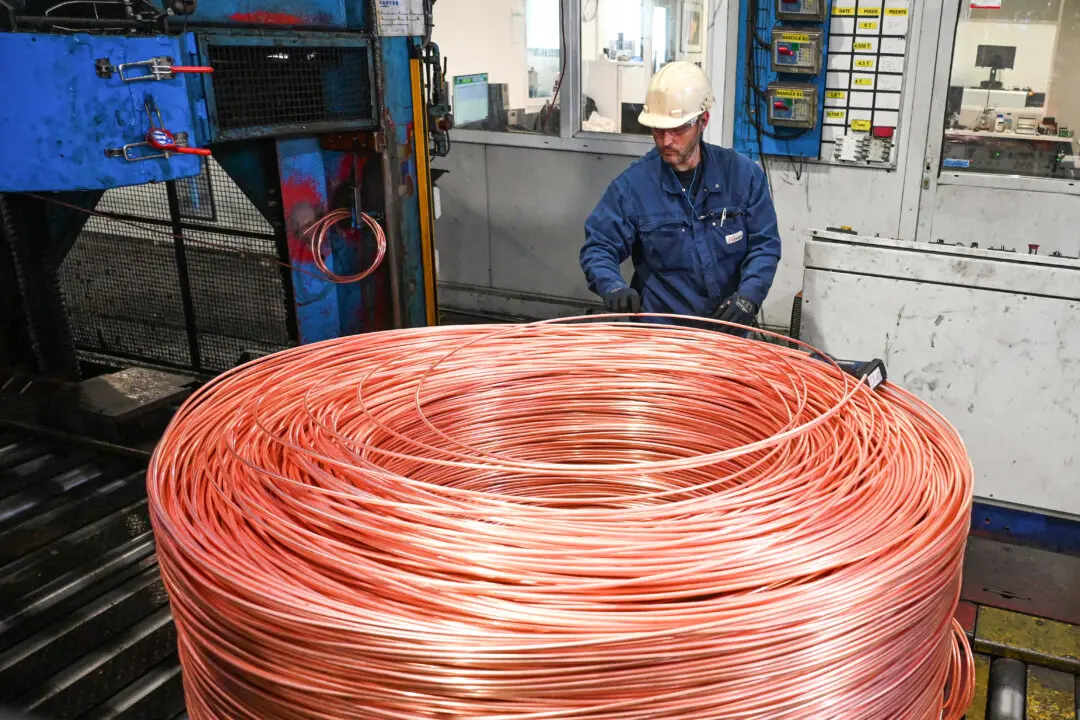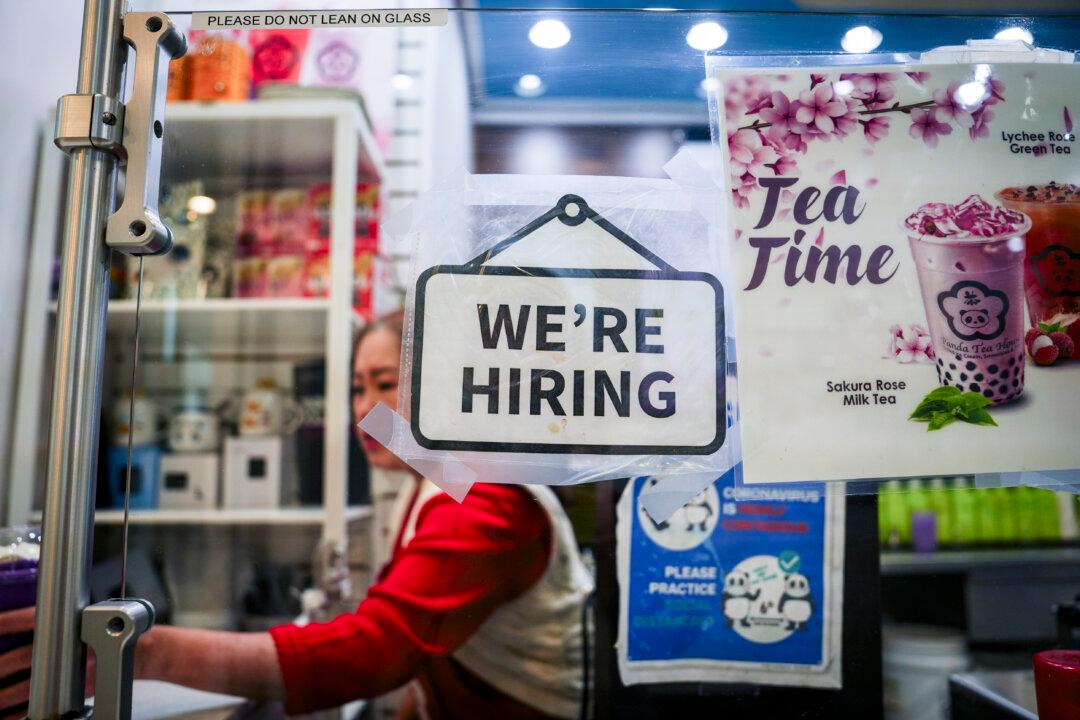The U.S. annual inflation rate came in hotter than economists expected, rising to 3.4 percent in December and fueled by the “usual suspects.” Even as the Consumer Price Index (CPI) has slowed considerably since topping 9 percent in June 2022, sticky and stubborn inflation might be challenging to defeat in the economy.
Last month, the Sticky-Price CPI—that is, price changes for goods that occur slowly and less often, such as automobile costs, housing, and medical expenses—clocked in at 4.6 percent. This was down from 6.6 percent in January 2023 but remains at a more than three-decade high.





